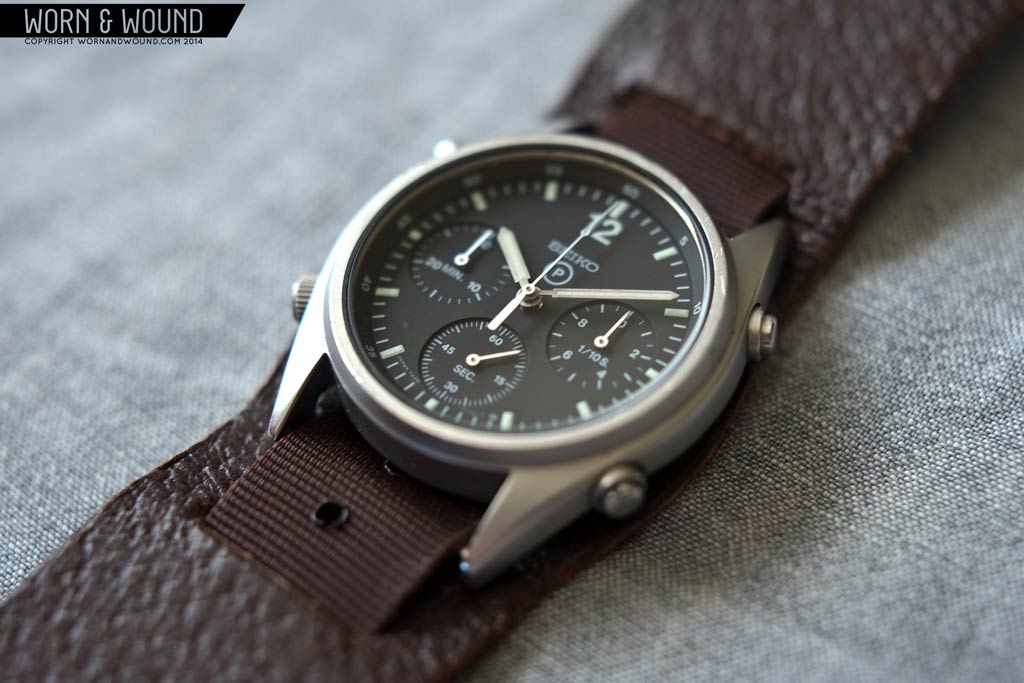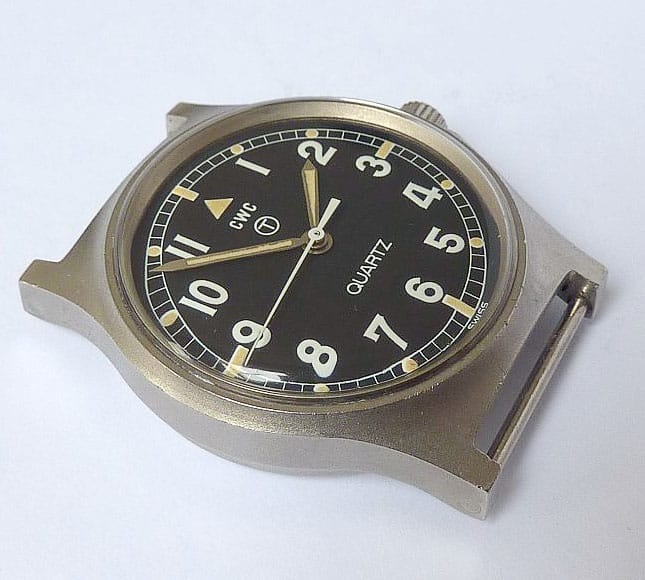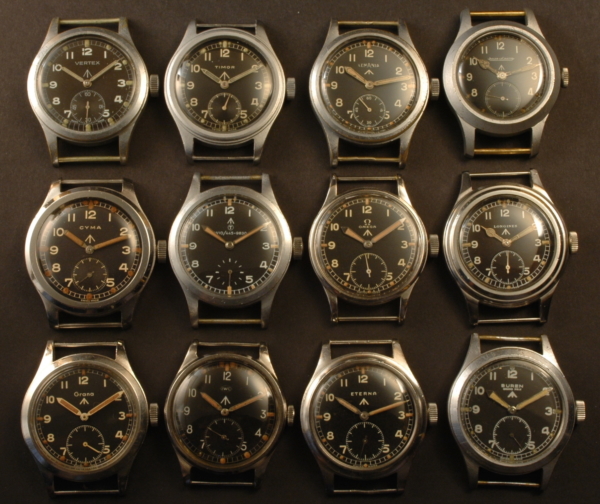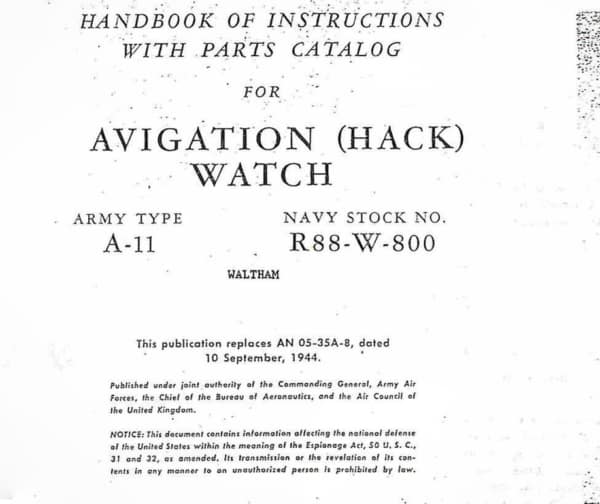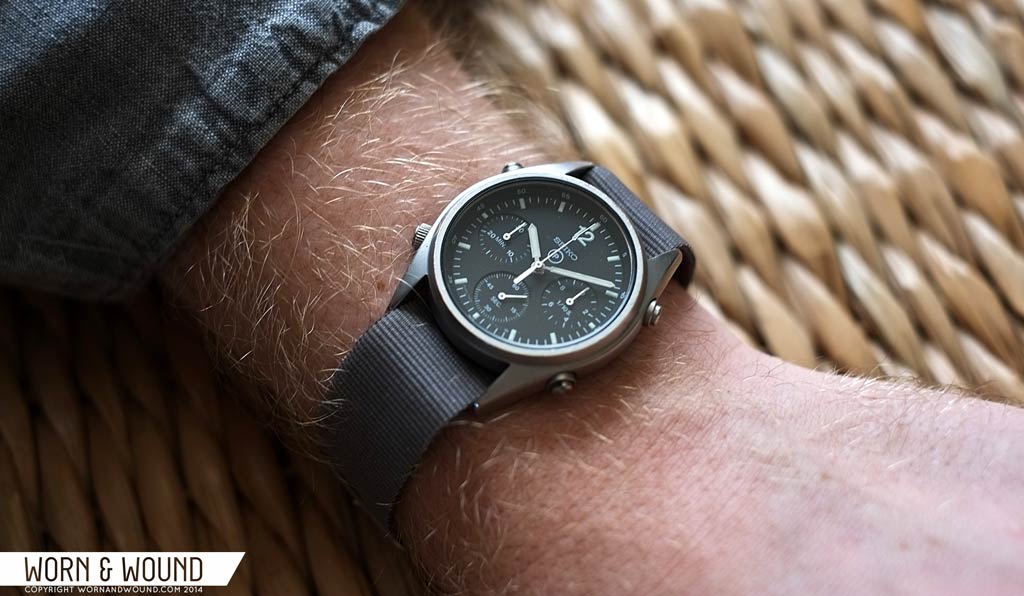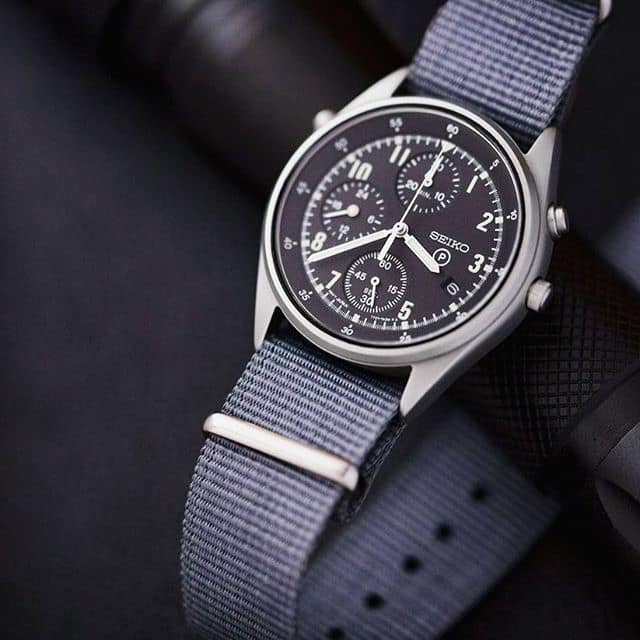In the final entry of our British installment of Military Watches of the World, we are going to take a look at the wristwatches issued to HM’s forces from the post-Vietnam War era through today. For the rest of the British installment, make sure to read parts 1 and 2.
In 1980, the MoD decided to procure their next iteration of dive watches from Cabot Watch Company, and the resulting automatic dive watch, built to MOD standards, was issued to military divers. This watch featured a stainless steel case measuring 44 millimeters, a rotating bezel with hash marks at each minute, sword hands, a tritium dial, fixed strap bars, and an ETA 2783 movement.
These automatic divers were supplied to the MoD in 1980/1981, after which production switched over to quartz. There were several iterations of the quartz variant—some had black PVD cases, and some featured a day/date function, while others just the date or no date at all. Eventually, tritium was replaced by LumiNova, and the era of the “classic” military dive watch of the 1950s through the 1970s was gone.
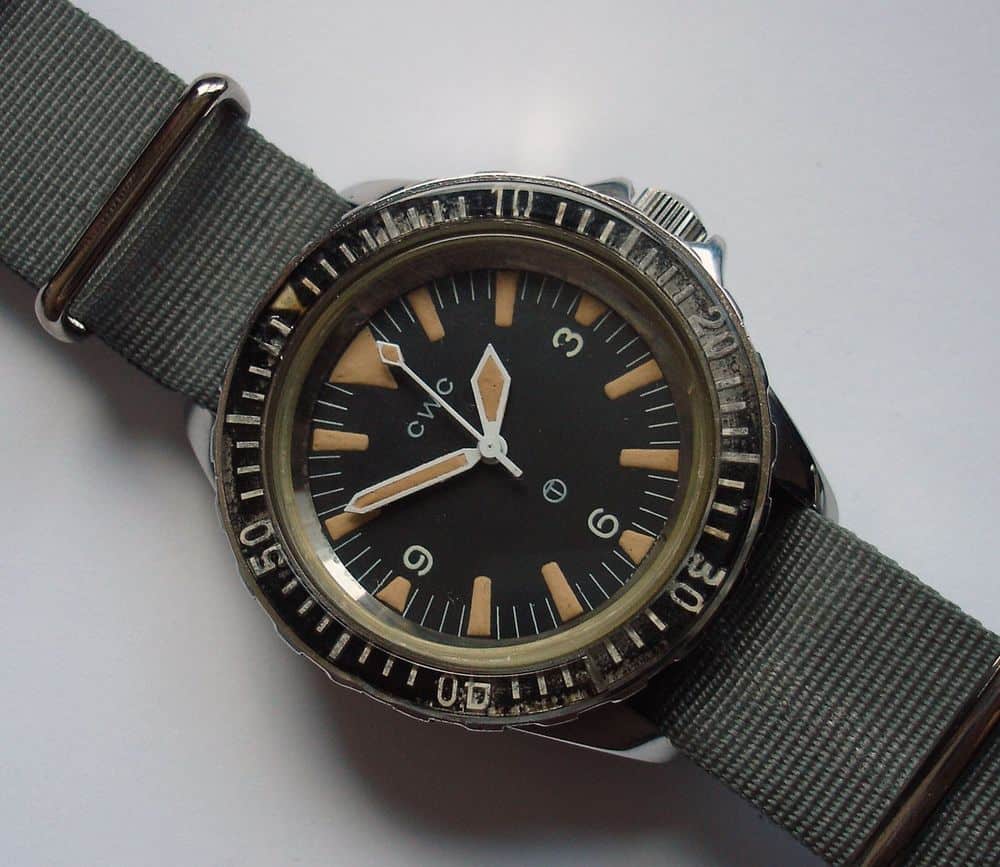









 Featured Videos
Featured Videos




